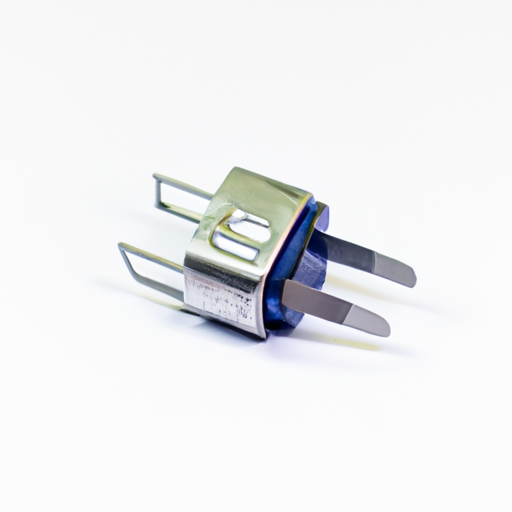Fixed electrical sensors are essential components in various industries and applications, providing accurate and reliable data for monitoring and control purposes. These sensors are designed to detect changes in electrical signals and convert them into measurable outputs, making them crucial for ensuring the safety and efficiency of systems and processes.

1. Proximity Sensors
Proximity sensors are one of the most commonly used fixed electrical sensors in industrial applications. These sensors are designed to detect the presence or absence of an object without physical contact. Proximity sensors use various technologies such as inductive, capacitive, and ultrasonic to detect objects within their sensing range.
Inductive proximity sensors are widely used in metal detection applications, while capacitive proximity sensors are suitable for detecting non-metallic objects. Ultrasonic proximity sensors are used for long-range detection applications. Proximity sensors are used in various industries, including automotive, manufacturing, and packaging, for object detection, position sensing, and automation.
2. Photoelectric Sensors
Photoelectric sensors are another popular type of fixed electrical sensor used in industrial automation and control systems. These sensors use light beams to detect the presence or absence of objects within their sensing range. Photoelectric sensors are available in different configurations, including through-beam, retro-reflective, and diffuse reflective sensors.
Through-beam photoelectric sensors consist of a transmitter and receiver placed opposite to each other, while retro-reflective sensors use a reflector to bounce the light back to the sensor. Diffuse reflective sensors detect objects based on the reflection of light from the object itself. Photoelectric sensors are used in various applications, including object detection, counting, and positioning in industries such as packaging, material handling, and robotics.
3. Temperature Sensors
Temperature sensors are essential fixed electrical sensors used for monitoring and controlling temperature in various industrial processes. These sensors measure the temperature of a system or environment and provide accurate data for maintaining optimal operating conditions. Temperature sensors are available in different types, including thermocouples, resistance temperature detectors (RTDs), and thermistors.
Thermocouples are widely used for measuring high temperatures, while RTDs provide accurate temperature measurements over a wide range. Thermistors are sensitive to small temperature changes and are used in applications requiring high accuracy. Temperature sensors are used in industries such as HVAC, food processing, and automotive for temperature monitoring, control, and safety.
4. Pressure Sensors
Pressure sensors are fixed electrical sensors used for measuring pressure in various industrial applications. These sensors detect changes in pressure and convert them into electrical signals for monitoring and control purposes. Pressure sensors are available in different types, including piezoelectric, capacitive, and strain gauge sensors.
Piezoelectric pressure sensors generate an electrical signal in response to pressure changes, while capacitive sensors measure pressure based on changes in capacitance. Strain gauge sensors use the deformation of a material to measure pressure accurately. Pressure sensors are used in industries such as oil and gas, automotive, and aerospace for pressure monitoring, control, and safety.
5. Level Sensors
Level sensors are fixed electrical sensors used for measuring the level of liquids or solids in tanks, containers, and vessels. These sensors provide accurate data for monitoring and controlling the level of materials in industrial processes. Level sensors are available in different types, including ultrasonic, capacitive, and float sensors.
Ultrasonic level sensors use sound waves to measure the distance between the sensor and the material surface, while capacitive sensors detect changes in capacitance based on the material level. Float sensors use a float that moves up and down with the material level to provide accurate measurements. Level sensors are used in industries such as water treatment, chemical processing, and food and beverage for level monitoring, control, and safety.
In conclusion, fixed electrical sensors play a crucial role in various industries and applications, providing accurate and reliable data for monitoring and control purposes. The popular types of fixed electrical sensors discussed in this article, including proximity sensors, photoelectric sensors, temperature sensors, pressure sensors, and level sensors, are essential components in industrial automation and control systems. Understanding the features and applications of these sensors is essential for selecting the right sensor for specific requirements and ensuring the safety and efficiency of systems and processes.